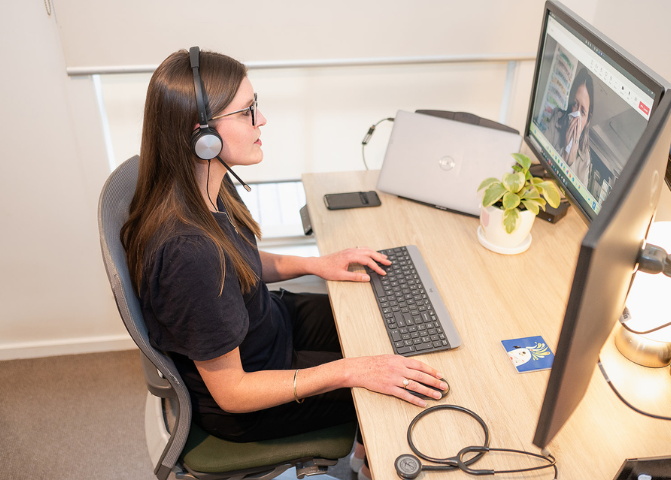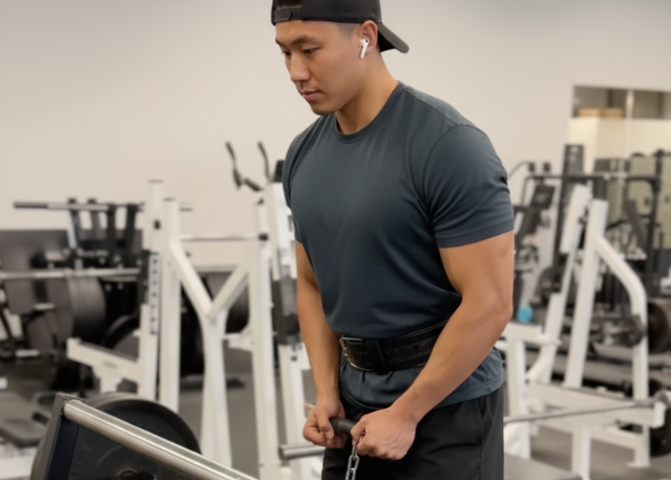28/08/2024
Understanding Anxiety Symptoms: Physical and Emotional Signs
Anxiety is Australia’s most common mental illness, affecting 1 in 4 people in Australia. Everyone feels stressed or anxious from time to time – it’s a normal feeling. But when those anxious feelings don’t go away, or start impacting your quality of life, that’s when it might be time to seek help and get treated for an anxiety disorder.
The better we understand the symptoms of anxiety, the sooner we can get help and start feeling better. Here, Australia’s telehealth professionals at Medmate explain the physical and emotional signs of anxiety.
What is anxiety?
More than just feeling worried or stressed, anxiety is when anxious feelings don’t go away and may not have a clear cause. While it’s normal to experience stress and anxious feelings when we’re under pressure, these feelings usually pass when we’re removed from a stressful situation. But with anxiety, these anxious feelings become unmanageable, making it hard to cope with daily life.
What are the symptoms of anxiety?
Anxiety is experienced differently by everyone, but these are some of the key symptoms of anxiety. Anxiety can affect your feelings, thoughts and physical wellbeing too:
Feelings
Anxiety makes people feel very worried or anxious most of the time and prevents them from calming down easily. Other feelings caused by anxiety may include excessive fear, restlessness, tenseness and edginess.
Thoughts
Anxiety can also affect your thoughts, leading your mind to excessive worrying, obsessive thinking, racing mind and catastrophising. It can also cause your mind to go blank and make it difficult to concentrate.
Physical symptoms
On top of affecting your thoughts and feelings, anxiety has a range of physical symptoms too. Panic attacks, hot and cold flushes, racing heart and a tightness of the chest are all symptoms of anxiety. It can also cause a shortness of breath, difficulty sleeping and headaches.
Panic attacks
A panic attack is a brief episode of intense anxiety which causes physical feelings of fear. These can include a racing heartbeat, shortness of breath, dizziness, clenching jaw, trembling and muscle tension. Panic attacks are experienced by up to 35% of the population and, when experienced frequently, are a sign of an anxiety disorder.
Getting treated for anxiety
If you or someone you know is experiencing these symptoms, it might be time to explore treatment for anxiety. Today, we have a deep understanding of anxiety and there are many ways to effectively treat and manage the disorder. Australia’s best team of telehealth professionals at Medmate are here to help.
Medmate helps Australians manage anxiety every day. We’re Australia’s leading team in telehealth, providing empathetic and non-judgemental care for people with anxiety. Offering clinicians and online psychologists from the comfort of your home, Medmate makes it easy to get treated for anxiety. Get in touch with Medmate and book a consultation today.
Recommended reading
Search for a specific topic or filter by categories to find information on what you need to know on the full Medmate Journal


The Belt Squat RDL is a Game-Changer
Looking to build a stronger, more powerful lower body while minimizing risk? The Belt Squat RDL might just be the exercise you’ve been missing. This unique movement, often overlooked, offers…